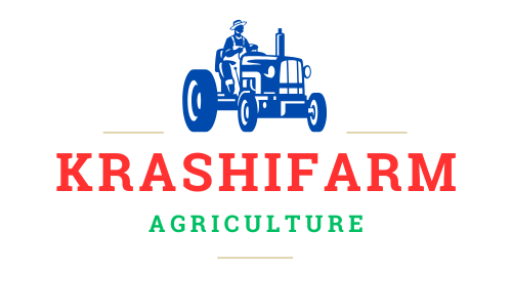Introduction
Sustainable land management (SLM) in agriculture involves practices that optimize land productivity while preserving resources for future generations. It integrates environmental conservation, economic viability, and social responsibility to ensure long-term agricultural sustainability. This document explores key aspects of SLM, its benefits, techniques, and applications in modern farming.
Importance of Sustainable Land Management
SLM is crucial for:
- Soil Health: Preventing degradation and enhancing fertility.
- Water Conservation: Efficient use of water resources.
- Biodiversity Preservation: Protecting ecosystems.
- Climate Change Mitigation: Reducing carbon footprint.
- Economic Sustainability: Ensuring profitability for farmers.
Key Principles of Sustainable Land Management
- Soil Conservation
- Preventing erosion through cover crops and contour farming.
- Enhancing organic matter with compost and green manure.
- Water Management
- Efficient irrigation techniques like drip irrigation.
- Rainwater harvesting and water recycling.
- Agroforestry
- Integrating trees with crops to enhance biodiversity.
- Providing windbreaks and shade to reduce soil erosion.
- Crop Diversification and Rotation
- Rotating crops to maintain soil nutrients and prevent pests.
- Intercropping to optimize land use.
- Organic Farming
- Reducing chemical inputs to promote soil and plant health.
- Using natural pest control and fertilizers.
- Integrated Pest Management (IPM)
- Combining biological, mechanical, and chemical pest control.
- Reducing reliance on synthetic pesticides.
- Climate-Smart Agriculture
- Implementing practices to adapt to climate change.
- Reducing greenhouse gas emissions through sustainable methods.
Table: Sustainable Land Management Techniques and Benefits
| Technique | Key Benefits | Implementation Method |
|---|---|---|
| Cover Crops | Prevents soil erosion, enhances fertility | Planting legumes, grasses |
| Drip Irrigation | Conserves water, reduces runoff | Installing drip systems |
| Agroforestry | Improves biodiversity, provides shade | Integrating trees with crops |
| Crop Rotation | Maintains soil health, reduces pests | Alternating crop types |
| Organic Farming | Reduces chemical use, improves soil quality | Using compost, manure |
| IPM | Controls pests sustainably | Combining biological and mechanical methods |
| Conservation Tillage | Reduces soil disturbance, improves moisture retention | Minimal plowing techniques |
Challenges in Implementing Sustainable Land Management
- High Initial Costs: Investment in technology and training.
- Knowledge Gaps: Need for farmer education and extension services.
- Climate Variability: Unpredictable weather patterns affecting planning.
- Market Access: Difficulty in selling sustainably produced products.
Solutions and Policy Recommendations
- Government Support: Subsidies for sustainable practices.
- Farmer Training Programs: Education on best practices.
- Research and Innovation: Developing resilient crop varieties.
- Market Incentives: Promoting organic and sustainably sourced products.
Conclusion
Sustainable land management is essential for long-term agricultural success. By adopting conservation techniques, improving water use efficiency, and integrating ecological principles, farmers can enhance productivity while protecting natural resources. Governments, researchers, and consumers all play a role in supporting sustainable agriculture for a resilient future.



